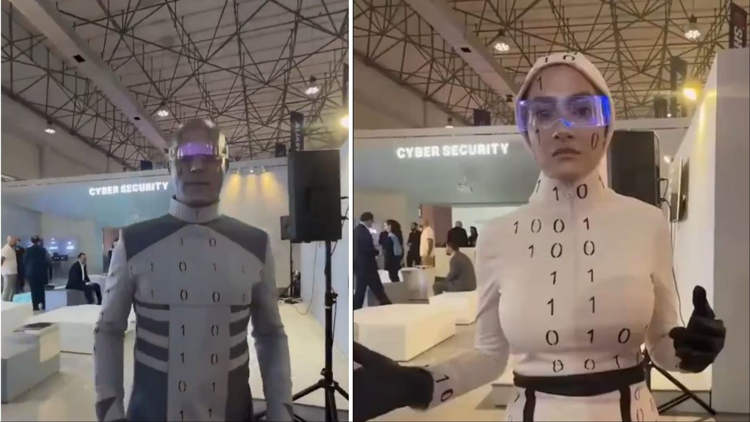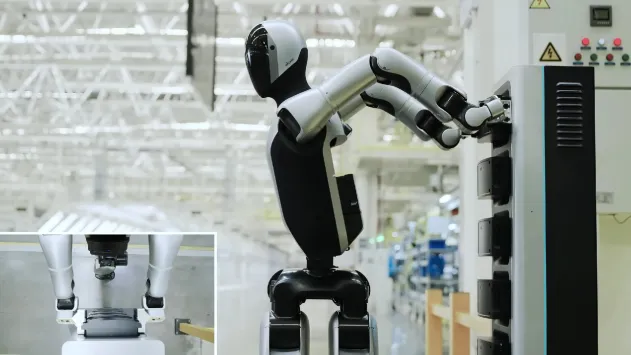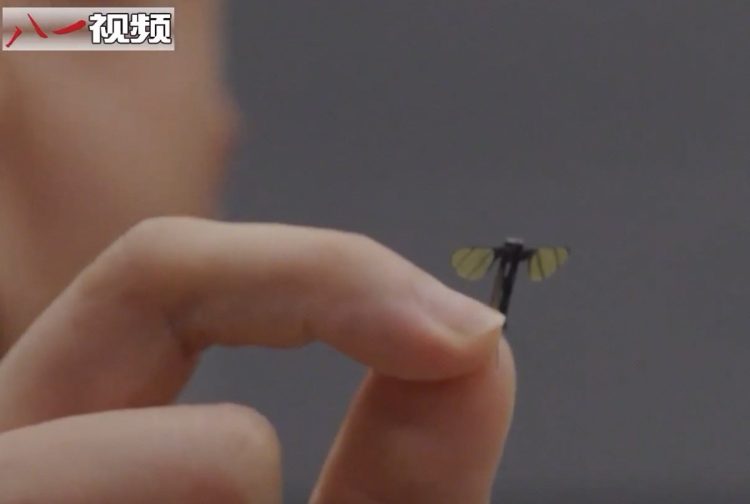It may seem inconceivable, but believe it or not, there really is such a thing as transparent wood. After decades of work, scientists at the KTH Royal Institute of Technology in Stockholm have finally managed to create a viable material that, if mass produced, holds the potential to revolutionize architecture and solar technology.
According to researchers, transparent wood is a low-cost, renewable resource, which can help reduce the cost of indoor lighting and can even be used to make solar-cell windows. It can also be used to make ‘privacy windows’ that let the light in while maintaining semi-transparency.
“Transparent wood is a good material for solar cells, since it’s a low-cost, readily available and renewable resource,” said Lars Berglund, a professor at KTH’s Wallenberg Wood Science Center. “This becomes particularly important in covering large surfaces with solar cells.”

Interestingly, the concept of transparent wood isn’t new, but this is the first time in history that scientists have made a real breakthrough with a material that can actually be mass produced. To create the new age material, they started with samples of commercial balsa wood and used a chemical process to remove lignin, a structural polymer present in the cell walls of plants. Lignin is responsible for blocking 80 to 95 percent of light passing through wood.
But removing lignin only resulted in a “beautifully white” piece of wood. To make it truly transparent, the researchers added acrylic, or Plexiglass, to the wood. It then became a see-through material with the additional advantage of being twice as strong as Plexiglass. Currently, researchers are looking for ways to improve the transparency of this new material, and also scale up manufacturing.

“Wood is by far the most bio-used material in buildings,” Berglund explained. “It’s attractive that the material comes from renewable sources. It also offers excellent mechanical properties, including strength, toughness, low density, and low thermal conductivity.”
“No one has previously considered the possibility of creating larger transparent structures for use as solar cells and in buildings,” he added. “We also intend to work further with different types of wood.”
Photos: KTH Royal Institute of Technology
via Wired












